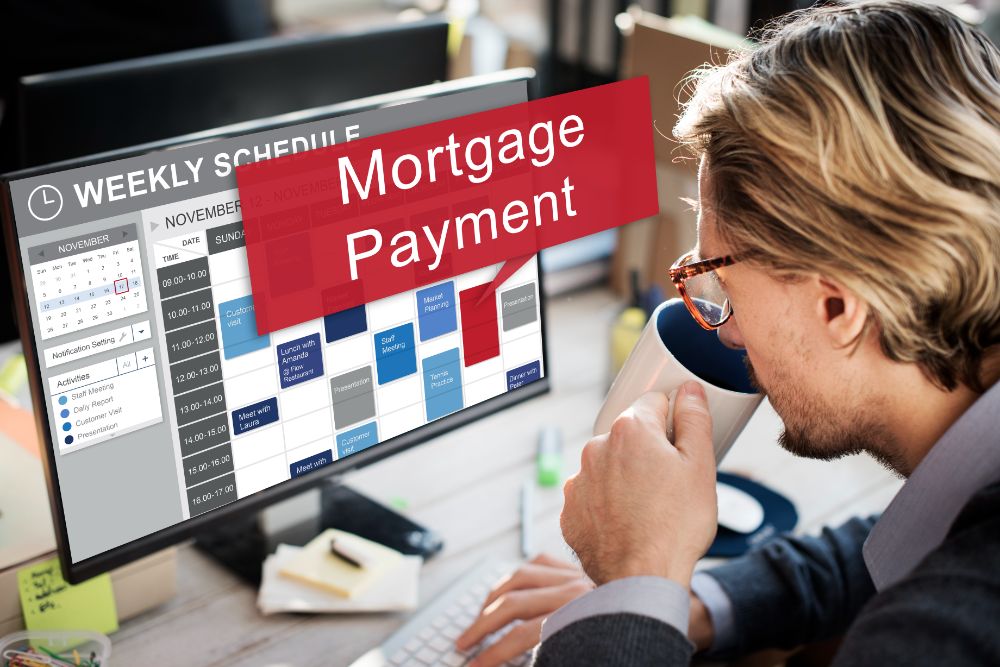Buying a home is an exciting milestone, but it also involves making significant financial commitments. One crucial aspect to consider is your monthly mortgage payment. Understanding how this payment is calculated can help you plan your budget effectively and make informed decisions when it comes to real estate investments.
In this guide, we will walk you through the steps of calculating your monthly mortgage payment, considering the essential factors that influence it.
Factors Affecting Your Monthly Mortgage Payment
The computation of your mortgage payment is influenced by a variety of components, as listed below:
- Borrowed Sum: This is the full amount you’ve obtained as a loan to acquire the property.
- Annual Percentage Rate: The yearly interest rate imposed on the borrowed sum is another critical factor.
- Repayment Period: This refers to the specified length, usually in years, during which you have agreed to repay the borrowed sum.
- Initial Payment: This is the amount you pay upfront towards the cost of the property, which subsequently decreases the borrowed sum.
- Lender’s Protection Insurance (LPI): If the initial payment you make is less than 20% of the property’s value, you may be obligated to pay LPI, a measure to safeguard the lender in the event of loan default.
Working Out Your Mortgage Payment
Having identified the main elements, let’s delve into the methodology to figure out your monthly mortgage payment. The most frequently used equation is:
M = P [ i(1 + i)^n ] / [ (1 + i)^n – 1 ]
Where:
M = Monthly mortgage payment
P = Principal loan amount
i = Monthly interest rate (yearly interest rate divided by 12)
n = Total number of installments (loan term multiplied by 12)
Using this equation, follow the procedure below:
- Ascertain the loan amount: Take into account the entire cost of the property, inclusive of any supplementary fees or closing costs. Subtract your down payment from this total to obtain the loan amount.
- Work out the home monthly interest rate: To find the monthly interest rate, divide the yearly interest rate by 12.
- Decide on the loan term: Choose the duration in years over which you plan to repay the loan.
- Figure out the total number of monthly installments: The loan term multiplied by 12 will give you the total number of monthly installments.
- Input the values into the equation: Replace the loan amount, monthly interest rate, and total number of monthly installments in the equation to arrive at your mortgage payment.
Considering Other Expenses
While your monthly mortgage payment is a significant financial commitment, it’s essential to consider other expenses associated with homeownership. These may include:
- Property taxes: Check with your local authorities to determine the property tax rates in your area.
- Homeowners insurance: Protect your investment by obtaining homeowners insurance coverage.
- Maintenance and repairs: Budget for regular maintenance and unforeseen repairs that may arise.
An Experienced Realtor Can Also Provide Help!
Calculating your mortgage payment is an essential step in your journey towards homeownership. By understanding the factors that influence your payment and using the appropriate formula, you can plan your budget effectively. Remember to consider other expenses related to homeownership to ensure a comprehensive financial plan. Contact us at NJ Lux today to explore our exceptional range of properties and expert services. Whether you’re a first-time buyer or an experienced investor, our dedicated team is committed to helping you make informed decisions and find the perfect home that suits your unique needs.




